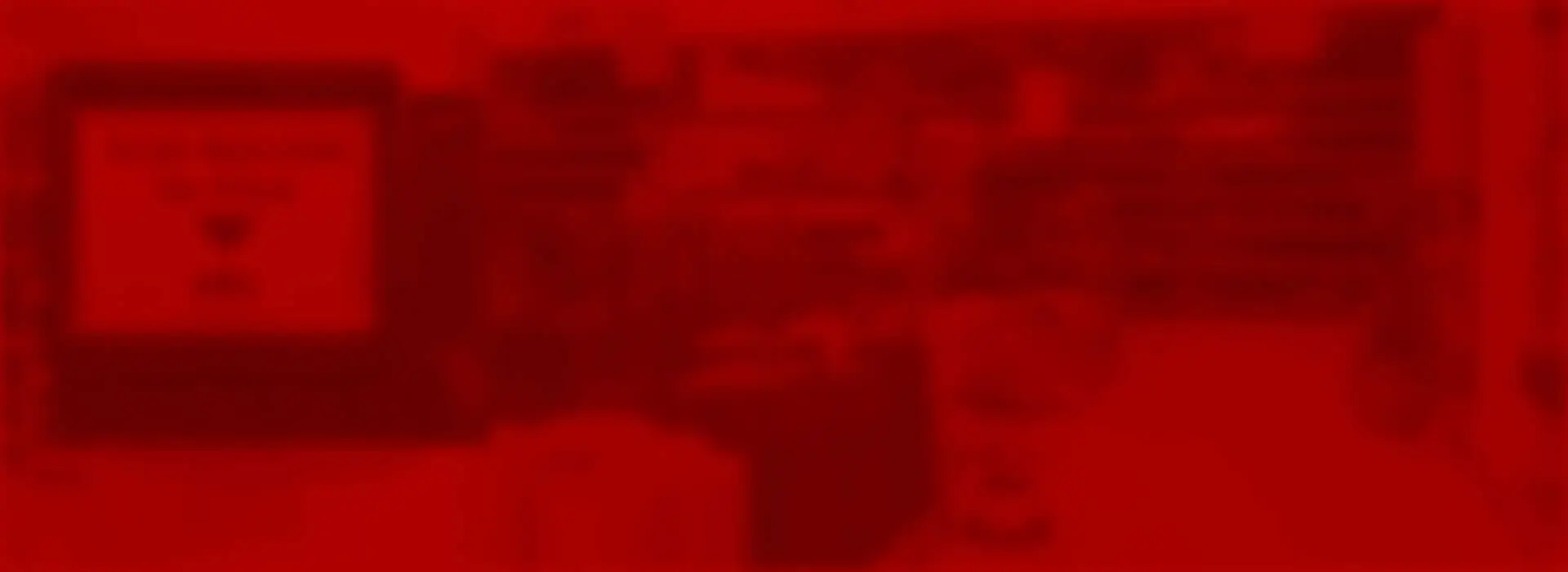The first installment of Barcode Data Collection FAQs discussed the basics of barcodes and how they can help businesses. This blog post will discuss the different types of barcodes, and the various ways they can be used. Technology is only beneficial if it is being used properly, and barcodes are no exception. It is important to understand what each barcode type is used for. For the most part, industries have already discovered which barcodes work best for them. However, some businesses are unique and might use barcodes differently than others.
These frequently asked questions will help you understand barcodes at a deeper level than before.
1. What are the different types of barcodes?
In barcode data collection, barcodes can be sorted into two main categories – one-dimensional (1D) and two-dimensional (2D). One-dimensional barcodes, also known as linear barcodes, are nothing more than groupings of parallel lines varying in widths. Linear barcodes are probably what comes to mind when the word “barcode” is mentioned.
Two-dimensional barcodes feature patterns that can include squares, hexagons, dots, and other geometric shapes. These barcodes tend to be smaller than one-dimensional barcodes, and they can also hold way more in terms of data. It should be noted that two-dimensional barcodes require a 2D scanner in order to be read.
2. Which barcode type should my company use?
Although it might be worth it to look at a comprehensive list of barcode varieties for your barcode data collection system, you will most likely be able to choose a type based on the industry your business is in. For example, a company that deals with shipping or inventory would probably use Code 39 or Code 128 barcodes. These barcodes are used for alphanumeric or numeric barcodes, which work well with the labels and forms shipping companies deal with.
If your company deals with retail products, you might consider using ISBN-13 (International Standard Book Numbers) or UPC (Universal Product Code) barcodes. These barcodes consist of only numbers. The wide use of these barcodes in retail helps eliminate confusion as products move from company to company.
Some of the more popular 2D barcodes – PDF417 and Data Matrix for example – are used on forms of identification because they are able to contain large amounts of information. QR codes are very popular with companies trying to interact with customers. Many smart phones have apps with the ability to read these codes. Since QR codes can hold a large amount of data, businesses use them as a form of barcode data collection to send customers to websites or contests.
3. Can barcode scanners make mistakes?
The average person is going to make an error every 300 keystrokes. With typing errors being so common, barcode data collection systems are a must for any smart business. However, this doesn’t mean barcodes and barcode scanners are 100% accurate; it is possible for barcodes to be misread. The good news is that a misread barcode is only going to happen once in every few million tries (this varies depending on the barcode type). A company might never have to deal with a misread barcode, but is important to know that even machines make mistakes.
Barcodes come in many shapes, sizes, and even names (though only in two colors). It is important to understand not only the differences between the types of barcodes, but the numerous uses for barcodes in general. It’s easy to overlook the black and white patterns located on pretty much every product these days, but they really can be valuable to any company – big or small.
